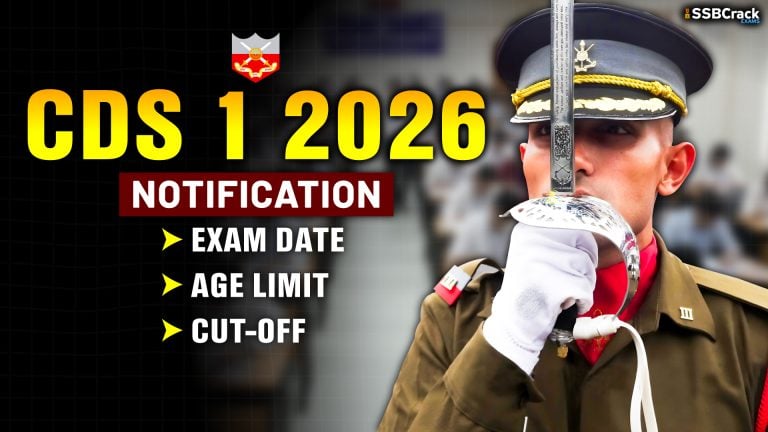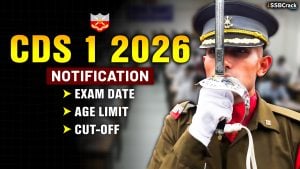Preparing for competitive exams like the Combined Defence Services (CDS) and Air Force Common Admission Test (AFCAT) requires a strong grasp of various mathematical concepts, among which geometry holds significant importance. A recent class dedicated to geometry emphasized the extensive discussion of multiple-choice questions (MCQs) and their solutions. This article will highlight the key insights from the class, focusing on essential geometric concepts and effective strategies for tackling MCQs, aiming to help students excel in their preparation for these exams.
The Importance of Geometry in Competitive Exams
Geometry forms a substantial part of the mathematics section in both CDS and AFCAT exams. It involves the study of shapes, sizes, relative positions of figures, and properties of space. A solid understanding of geometric principles is crucial not only for solving exam questions but also for developing logical thinking and problem-solving skills.
Key Geometric Concepts Covered
The class focused on several fundamental areas of geometry, ensuring a comprehensive understanding of the subject. The primary topics discussed included:
- Basic Geometric Shapes and Properties
- Triangles and their Properties
- Quadrilaterals and Polygons
Basic Geometric Shapes and Properties
Understanding the basic geometric shapes and their properties is the foundation of geometry. This includes knowledge of points, lines, angles, and various polygons such as triangles, squares, rectangles, and circles.
Example MCQ:
Question: What is the sum of the interior angles of a quadrilateral?
Answer: The sum of the interior angles of a quadrilateral is 360 degrees.
Triangles and Their Properties
Triangles are a crucial part of geometry. The class covered various types of triangles (equilateral, isosceles, and scalene), their properties, and important theorems related to them, such as the Pythagorean theorem and the properties of similar and congruent triangles.
Example MCQ:
Question: In a right-angled triangle, one angle is 90 degrees. If one of the other angles is 45 degrees, what type of triangle is it?
Answer: It is an isosceles right-angled triangle.
Quadrilaterals and Polygons
Understanding the properties of various quadrilaterals (such as squares, rectangles, parallelograms, and trapezoids) and other polygons is essential. The class discussed their properties, theorems related to their angles and sides, and their applications
Strategies for Solving Geometric MCQs
The class emphasized various strategies for effectively tackling geometric MCQs, which are crucial for performing well in competitive exams.
- Understand the Problem: Carefully read and understand what the question is asking. Identify the geometric principles or theorems that apply.
- Visualize the Problem: Drawing diagrams or visual aids can help in understanding the problem better and finding the solution more easily.
- Memorize Key Theorems and Properties: Ensure that you have all the essential geometric theorems and properties memorized. This will save time during the exam.
- Practice Regularly: Consistent practice with a variety of MCQs helps reinforce concepts and improve speed and accuracy.
- Double-Check Calculations: Always verify your calculations to avoid simple errors..
Importance of Practice
The class underscored the importance of practicing a wide range of MCQs to master geometric concepts. Regular practice helps in familiarizing with different types of questions and improves problem-solving speed and accuracy. Additionally, reviewing and analyzing mistakes made during practice can provide valuable insights and help avoid similar errors in the actual exam.
Conclusion
Mastering geometry is essential for success in the CDS and AFCAT exams. The recent class provided a thorough understanding of key geometric concepts such as triangles, circles, quadrilaterals, polygons, and coordinate geometry, along with effective strategies for solving related MCQs. By focusing on these areas and practicing regularly, students can significantly improve their performance in the mathematics section of these competitive exams.
Consistent practice, understanding fundamental concepts, and applying effective problem-solving strategies are the keys to excelling in geometry. With dedicated preparation and a clear understanding of geometric principles, students can approach the CDS and AFCAT exams with confidence and achieve their desired results.



















